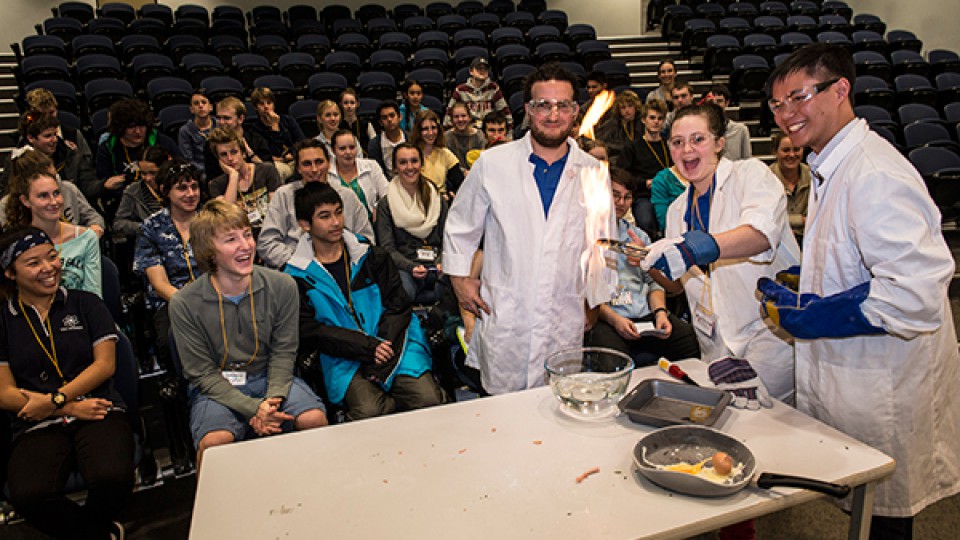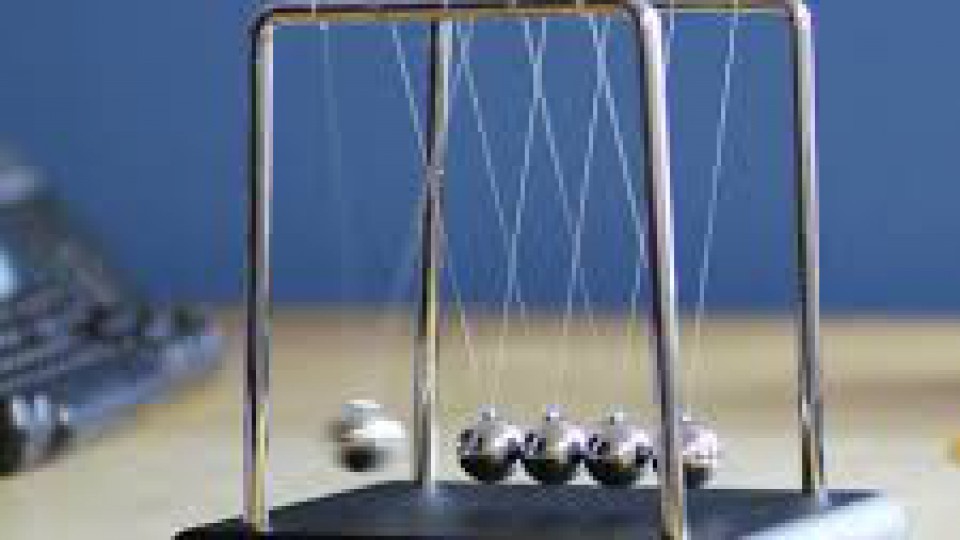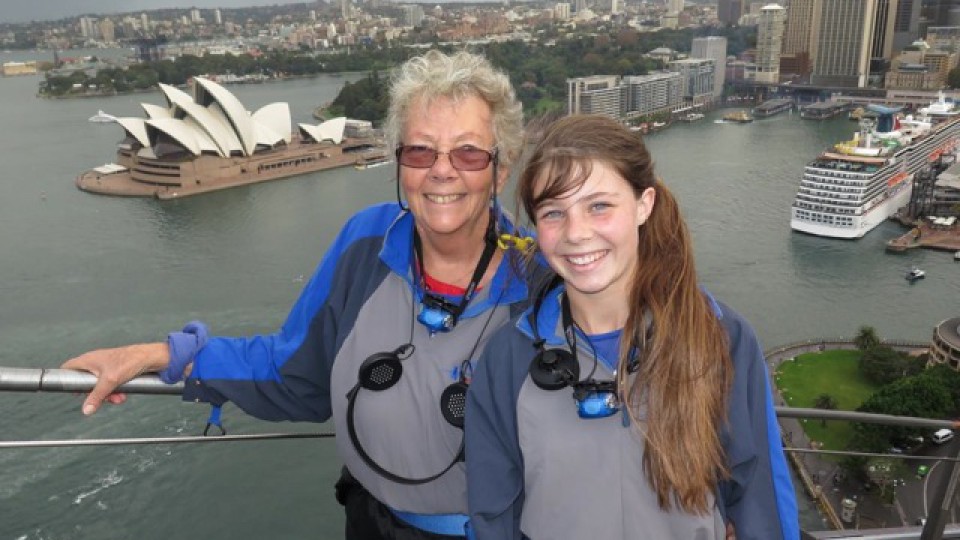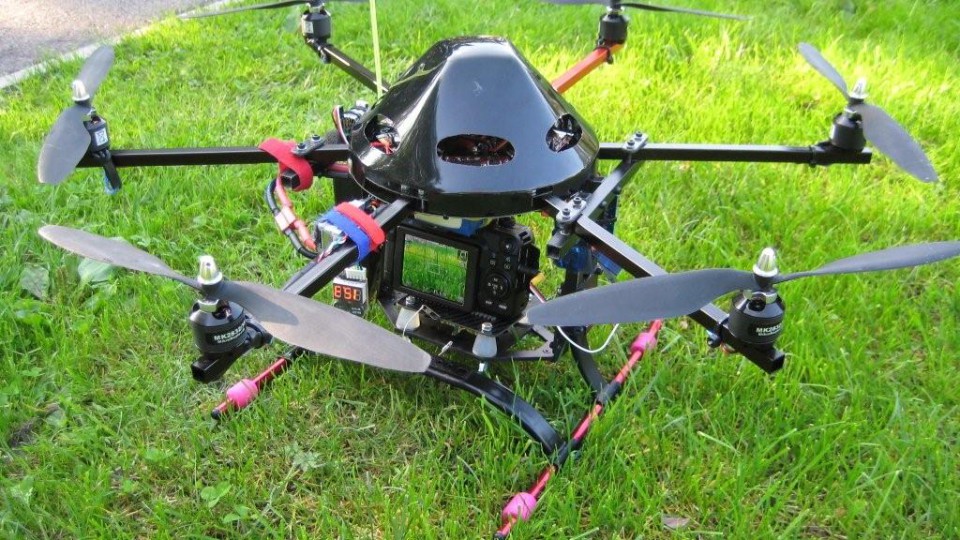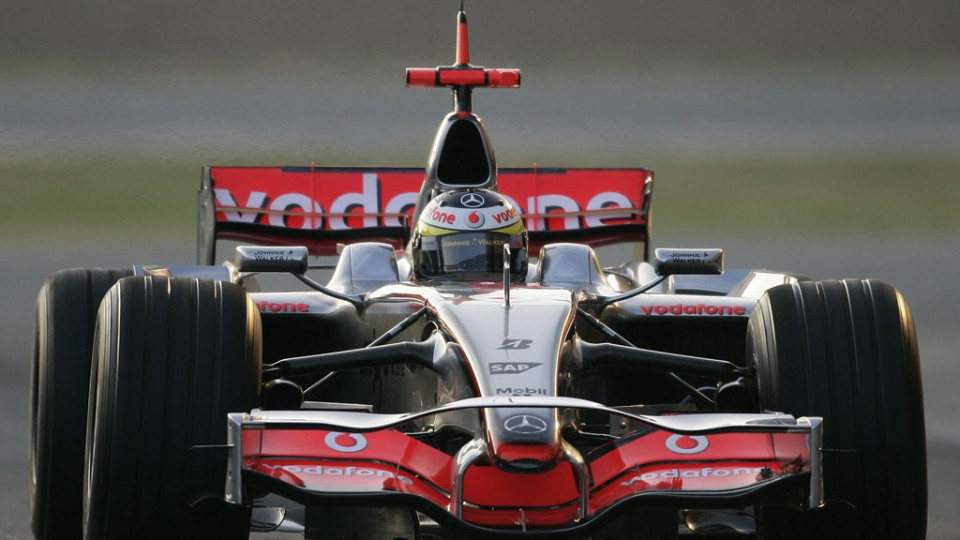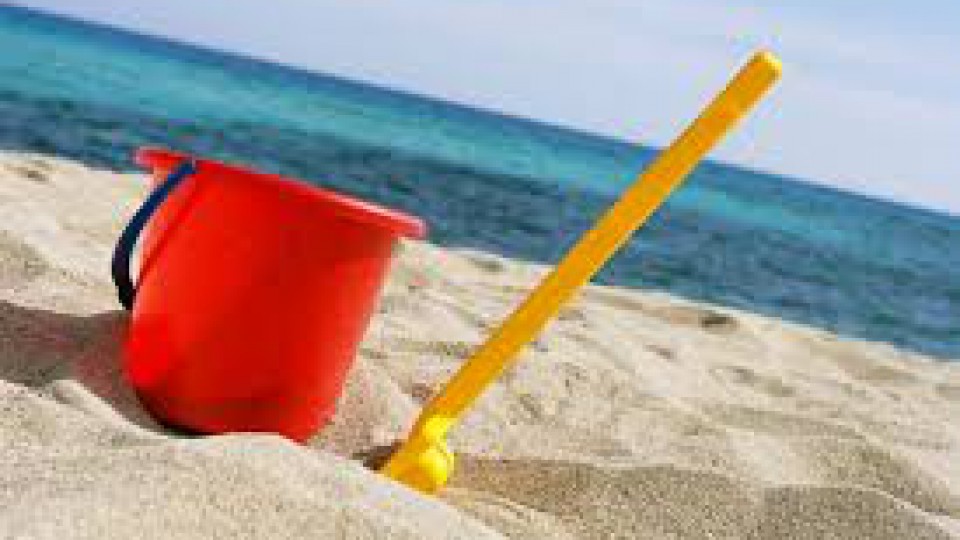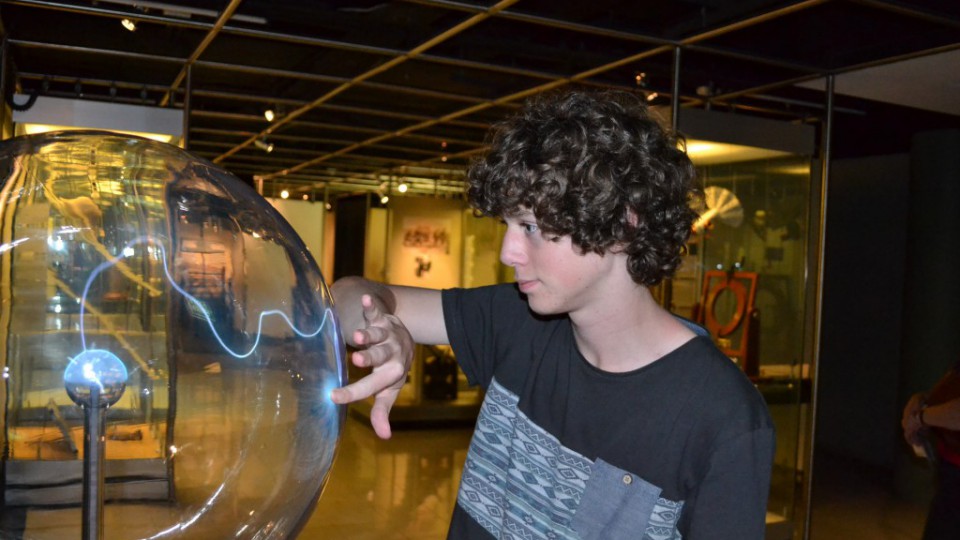By Louise Stewart:
During the winter school holidays, I went to a three day science experience at Wollongong University with a group of 40 people and was exposed to a broad range of sciences.
On the first day we were put into smaller groups of eight kids and played many ice breaker games. Afterwards we saw a fabulous science show (picture above) and then listened to a lecture about nursing, medical and health science with some exciting hands on experiments. More experiments were done in earth and environmental science before the day ended.
Friendships were easily made with the small groups and made the whole experience much more enjoyable. During the second day we had a rotation of chemistry experiments and a BBQ lunch before everyone got onto a bus to the innovation campus where we had an interactive tour. There we saw 3D printers, had a ride in an electric car and ate many biscuits.
To finish off the afternoon, the group went to the Science Centre and Planetarium where we watched a science show and had free time to explore all the exhibits.
On the last day we made some ice-cream and found ultimate zero in physics and then extracted strawberry DNA in biology. Everyone then completed the science experience with a farewell afternoon tea.
It was AMAZING and I am so glad that I went. I highly recommend the Science Centre and Planetarium which is for all ages and has some brilliant shows and I also ... Read More
Category: All Blogs
06
Aug2014
If you haven't caught these yet, they are podcasts which see Dr Karl and Adam Spencer mix science with humour as they set out to answer some of the perplexing scientific mysteries we encounter on a daily basis. Download and enjoy this highly entertaining science-fuelled knowledge whirlwind and, as the Sleek Geeks like to say, "Learn something without even noticing"...
https://itunes.apple.com/au/podcast/sleek-geeks/id893405381?mt=2
It seems they are producing a new one each week.
18
Jun2014
By Lachlan:
Last long weekend, I went to Canberra with my mother to play for a representive hockey team in a carnival. There were large gaps between the games, so we decided to fill them in by going to Questacon and the National Zoo and Aquarium. We arrived at Questacon as soon as the doors opened, but it was still packed. It had been four years since I had been to Questacon and a lot had changed, but it was still an interesting experience. Questacon has 6 levels and two seperate galleries on the final floor. The levels are accessed by a ramp and you start on the 6th level and finish on the 1st level. My favourite part was the 6th level, Decepetion and Perseption. In this exhitbition, there are optical illusions and perseption tests. We also saw the Tesla coil in action and expirenced the earthquake simulator. However my favourite experiment was on the 6th level, where eight 30cm wires were strung up in a line parallel to a single wire. If you ran your hands along the line of eight wires, then it felt like you were rubbing velvet as opposed to the single wire, which just felt like a regular wire. Before leaving, we had to peruse the gift shop. I purchased a slinky and a miniature Neuton's Cradle. It was a good thing we arrived early though, because when we left, the line was out the door, across the courtyard, down the stairs, and ... Read More
28
Apr2014
By Jade:
On 11th April, after a short flight to Sydney, my Nana and I spent three days visiting the Powerhouse Museum, Sydney Aquarium, Maritime Museum, Wildlife Sydney Zoo and Harbour Bridge.
Day 1
Powerhouse Museum
At the Powerhouse Museum we looked at numerous exhibits, with the majority of scientific displays being interactive. We experimented with temperature, pressure, electricity, magnetism, light, gravity, motion and chemistry. As well as the interactive experiments, we wandered around the engineering, technology, fashion, nuclear, cyber, music, space, gaming, designing, transport and ecological exhibits. After this, we made our way to the newly introduced “Oopsatoreum” where we were enlightened with fictional stories detailing the reasons why the displayed inventions were not a success. This was my favourite part of the museum, as the fictional stories were rather amusing.
Day 2
Sydney Aquarium
The next morning we headed off to the Sydney Aquarium, where we made our way through the different enclosures that housed the beautiful aquatic life. We watched as the sharks swam over us in the underwater tunnel labeled as “Shark Valley”, one of the 14 themes displayed in the aquarium. Other themes included The Bay Of Rays, Discovery Rock Pool, Mangrove Swamp, South Coast Shipwreck, Dugong Island and Shark Walk. Watching the stingrays playing on the surface of the water was entertaining and the facts placed around the aquarium were very interesting.
Maritime Museum
After a short break for lunch, we ventured to the Maritime Museum, which was holding a ... Read More
25
Apr2014
By Louise Stewart:
In April school holidays I visited, together with two of my sisters and Mum, the Museum of Human Disease at the University of New South Wales in Kensington.
Inside were over 3000 different interesting specimens which displayed diseased human tissue, preserved in formalin. The various lungs, livers, brains etc. show the impact of both infectious and non-infectious diseases as well as impact of antibiotics, genetic factors and lifestyle choices as smoking, drinking and drugs. Each piece is numbered and museum catalogues provide any know clinical history and a description of the abnormalities displayed in the specimens.
A unique science experience was offered during the recent school holidays: “Surviving a Zombie Apocalypse”. To survive, we first had to investigate 10 different infectious and non-infectious diseases, understand their causes, symptoms and how to fight them. There were exhibits on each disease we had to research throughout the museum. Once we understood the diseases, we had to diagnose ten fictional people after reading their case studies. Ultimately we had to identify which one of the fictional people described had zombie disease.
Although not actively participating, we witnessed a dissection workshop where participants were guided by a member of the museum’s staff with dissecting a kidney. They were getting to know the structure and function of the kidneys and comparing them to the diseased examples in the museum (something to consider at a possible future visit).
As the museum is located at the University of NSW, ... Read More
14
Apr2014
It's early days yet, but there is interest in starting a club for all local (Sapphire Coast) kids who are into technology. Not the boring bits, but the fun stuff.
Robotics
Drones (or more correctly 'unmanned aerial vehicles')
Games programming
Electronics
Rockets
It will be for anyone from 11 to 17 years old and would get together, say, once a month after school or at the weekend.
For robotics, we may even have a hands-on 2 day holiday camp with construction and competitions (by age group).
What do you think? Would you be in this? Please post a comment.
13
Apr2014
Formula 1 racing has never been known for its green credentials – after all it’s all about making a lot of noise, going really, really fast and burning a lot of fossil fuel.
But that seems to be changing in 2014. The new engines must be at least 30% more efficient than before, are limited to 1.6 litre capacity (the same as a small car), and use a strictly limited amount of fuel per race. And to keep the spectators happy, the cars will still have to be just as fast, or faster.
So, how will this magic feat be achieved? It’s all about technology.
There is nothing new about turbochargers – many modern cars have them. They are a turbine that boosts the pressure of the air going into the engine cylinders, in essence forcing a higher amount of air/fuel mixture which gives a bigger bang and more power.
But at higher engine revs most of the hot exhaust gas bypasses the turbocharger and goes straight down the exhaust pipe. Hot, high velocity gas equals energy, and it’s this energy that has been wasted until now.
What the F1 engines are doing now is harvesting this wasted gas to power a generator. The electricity produced can then be used by an electric motor which can add up to an extra 120 kilowatts of power to the car for short periods.
The combination of regenerative braking and the new turbo-powered generator/motor means that the F1 engine can use a lot less fuel. If you are thinking ... Read More
11
Apr2014
Sight beyond sight.
Our colour vision stretches from the longer wavelengths we see as red to the shorter wavelengths we see as violet. But ultraviolet vision is fairly common among insects, fish, reptiles and birds, especially those with smaller eyes that filter out less UV light. Bees have excellent UV vision thanks to colour receptors optimised for detecting it, but at the cost of poorer vision at the red end of the spectrum. UV vision is used for different purposes by different species, from kestrels detecting the urine trails of prey to reindeer spotting polar bears. Reindeer were thought rare among mammals in having UV vision, but Ron Douglas of City University London reported this year that many mammals, including hedgehogs, cats, ferrets, seals, pigs and rabbits have lenses that let UV through.
A few people can see into the near-UV spectrum. What do they have that the rest of us don't? Well, actually, it's what they don't have. The receptors in our retinas can detect UV but wavelengths shorter than 400 nanometres are normally filtered out by the eye's lens. People who develop cataracts and have their lens replaced with a UV-transparent one sometimes start seeing UV as a bluish or purplish glow. The painter Monet may have started seeing UV after a cataract operation at age 82, influencing his famous series of water lily pictures.
From New Scientist
08
Mar2014
By: Warwick
If you pour a bucket of water into the sea at, say, Brighton on the English coast, how long will it be before the ocean rises at Sydney Heads?
And a second question - how long before some of the molecules in that bucket of water end up in the Sydney water?
12
Feb2014
From Tim and family
At the beginning of this year we went to Sydney and visited:
Aquarium at Darling Harbour
Powerhouse Museum
Museum of Human diseases at UNSW (How to survive a Zombie apocalypse exhibition)
Madam Tussauds waxworks (to see Albert Einstein !)
Mt Annan botanical gardens Plant Bank
Dr Who exhibition at the ABC
And at the end of last year we also went to Canberra to Questacon.

